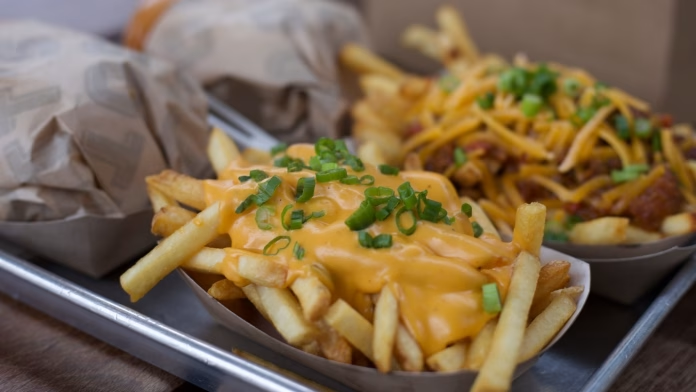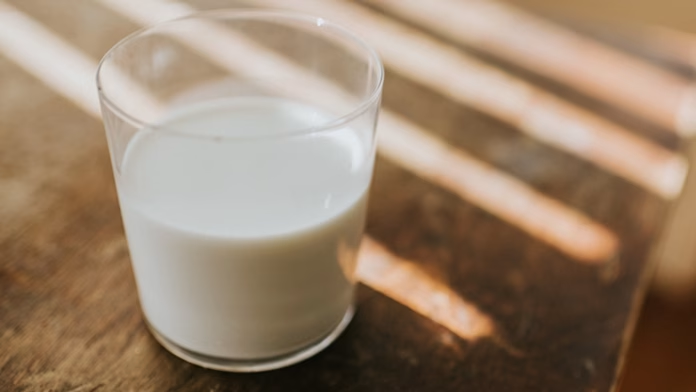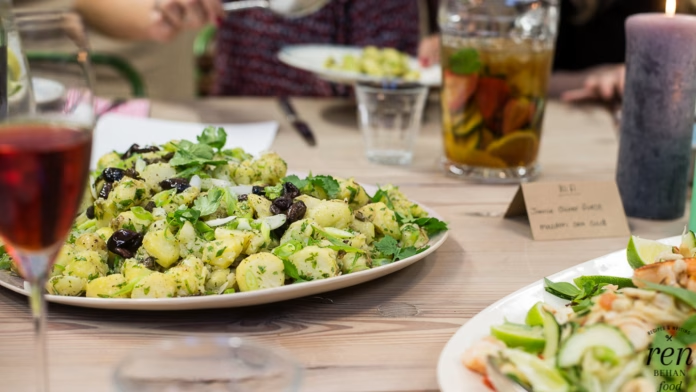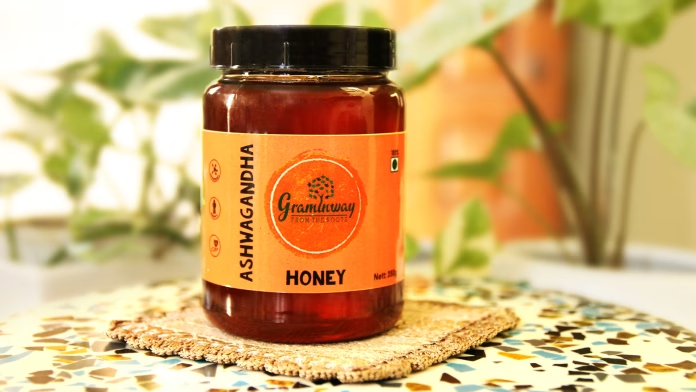For those craving authentic Indian cuisine in London, look no further than Bombay Palace. Located in the heart of the city, this restaurant is known for its delectable dishes and warm ambiance. With a menu featuring a range of flavorful options, from classic curries to creative vegetarian dishes, there is something for everyone at Bombay Palace.
The History of Bombay Palace
Founded in 1981, Bombay Palace has been serving up traditional Indian cuisine to London residents and visitors for over four decades. The restaurant was originally located in Connaught Street, but after years of success, it relocated to its current location in the bustling neighborhood of Marble Arch.
Over the years, Bombay Palace has garnered a reputation for excellence in both food and service. The restaurant has been featured in numerous publications, including The Guardian and The Evening Standard, and has won several awards, including the prestigious Tiffin Cup.
The Menu:
The menu at Bombay Palace features a wide range of dishes, from classic Indian favorites to more modern, creative options. The restaurant uses only the freshest ingredients and authentic spices to create its dishes, ensuring a rich and flavorful dining experience.
Some of the standout dishes on the menu include the lamb rogan josh, a spicy lamb curry cooked in a tomato-based sauce; the chicken tikka masala, a creamy and flavorful chicken dish cooked in a spiced tomato sauce; and the tandoori chicken, a marinated chicken dish cooked in a traditional tandoor oven.
Signature Dishes:
One of the standout dishes at Bombay Palace is the chicken korma. This classic Indian dish is made with tender chicken cooked in a creamy, coconut-based sauce, with a blend of traditional Indian spices. The dish is mild in spice, making it a great option for those who prefer less heat in their food.
Another popular dish is the lamb biryani, a flavorful rice dish made with tender lamb and a blend of aromatic spices. The dish is cooked slowly, allowing the flavors to meld together and create a rich and complex flavor.
For seafood lovers, the prawn masala is a must-try dish. This dish features succulent prawns cooked in a rich and spicy tomato-based sauce, with a blend of traditional Indian spices. It is a great option for those who prefer a bit of heat in their food.
Vegetarian Options:
At Bombay Palace, there are plenty of vegetarian options on the menu, making it a great choice for vegetarians and vegans. One of the standout vegetarian dishes is the chana masala, a flavorful chickpea curry cooked in a tomato-based sauce. The dish is rich and flavorful, with a blend of traditional Indian spices.
Another popular vegetarian dish is the baingan bharta, a dish made with roasted eggplant, cooked with onions, tomatoes, and traditional Indian spices. The dish is rich and flavorful, with a smoky flavor from the roasted eggplant.
Beverage Menu:
To complement the flavorful dishes on the menu, Bombay Palace offers a wide range of beverages, including traditional Indian drinks like mango lassi, a sweet and refreshing yogurt drink, and masala chai, a spiced tea made with a blend of traditional Indian spices.
For those who prefer alcoholic beverages, the restaurant also offers a selection of beer, wine, and cocktails. The wine list features a range of international wines, as well as Indian wines, which pair perfectly with the rich and flavorful dishes on the menu.
Location and Atmosphere:
Bombay Palace is located in the heart of London, at Connaught Street, a stone’s throw away from Hyde Park. The restaurant has a warm and welcoming atmosphere that makes you feel at home as soon as you enter. The interiors are tastefully done with traditional Indian art and decor, which adds to the overall ambiance of the place. The seating arrangement is comfortable and spacious, and the restaurant can accommodate a large number of people at once.
Bombay Palace in London is a top destination for those looking to satisfy their cravings for authentic Indian cuisine. With its extensive menu of classic Indian dishes and its commitment to using only the freshest ingredients and traditional cooking methods, Bombay Palace has established itself as one of the premier Indian restaurants in the city. Whether you are a seasoned Indian food lover or a first-time diner, the restaurant’s attentive service and warm, inviting atmosphere are sure to make your experience a memorable one. So why not make your way to Bombay Palace today and discover for yourself the delicious flavors and rich cultural heritage of Indian cuisine?










